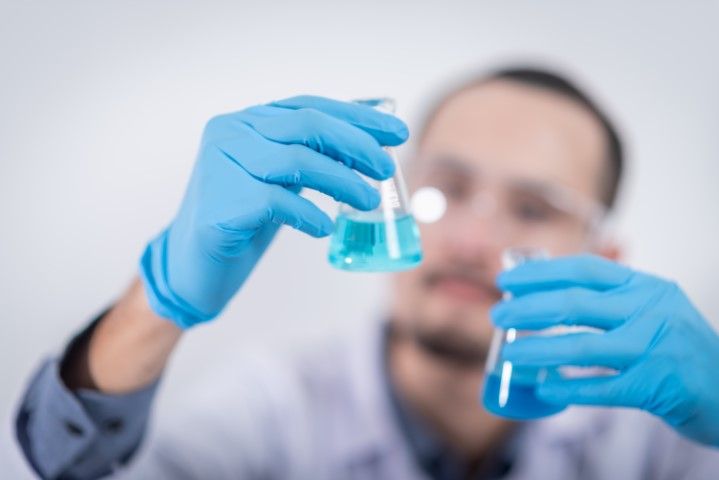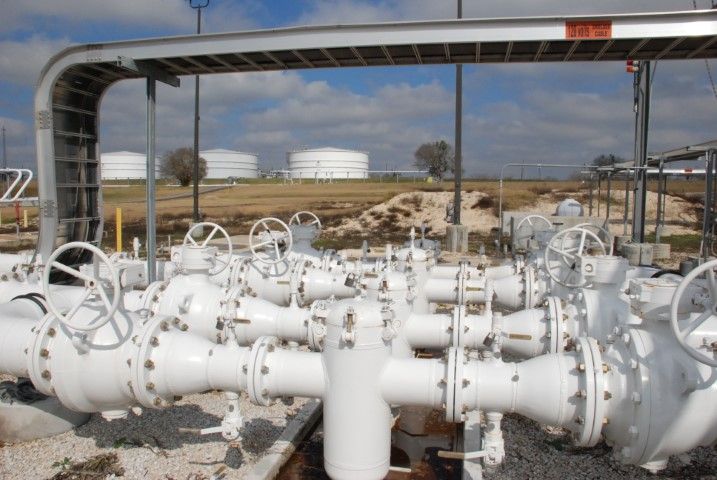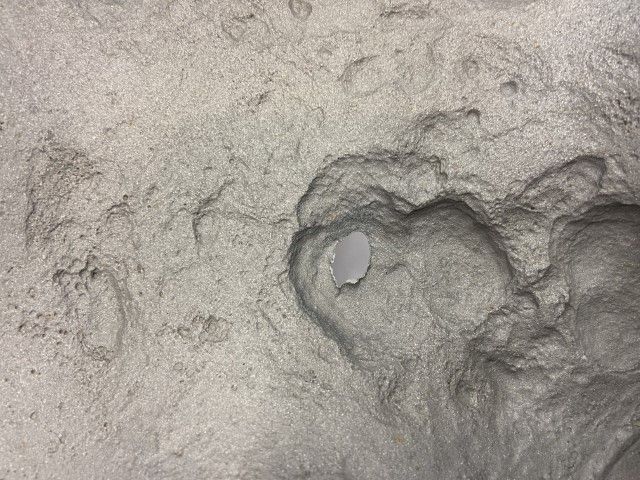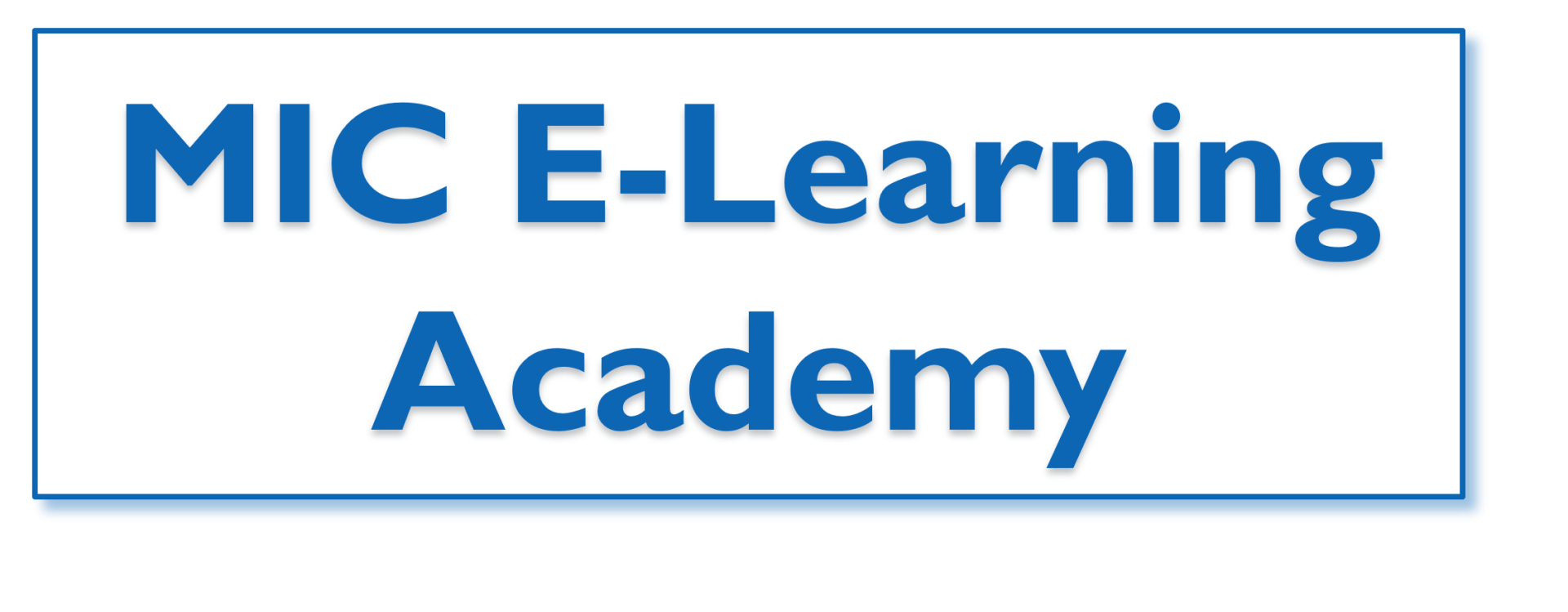Fundamentals of MIC and Abiotic Corrosion Failure Analysis
Richard Eckert
Lead Instructor
Torben Lund Skovhus
Lead Instructor
Course 106
What's included?
-
Best practices for corrosion failure analysis
-
Sample planning and preservation
-
Documenting physical conditions including historical changes
-
Characterizing the chemical and microbiological environments
-
Materials and corrosion products
-
Applying state of the art analytic methods including MMM
-
Considering asset design parameters
-
How to integrate data to reach solid conclusions
-
Downloadable resources
-
Expert interviews
-
References to relevant standards
-
Downloadable lecture notes for each activity
-
Certificate of completion provided at end of course
Increase your understanding

Learn best practices for MIC and corrosion failure investigation, including the chemical, microbiological and metallurgical methods that can be employed. Integration of multiple lines of evidence is emphasized.
Learn about the latest technology

Apply your new knowledge

Learn to apply your new knowledge in practical case studies. See how multiple lines of evidence are used to diagnose cases of MIC and consider abiotic corrosion mechanisms that are not related to microbiology.
Solve practical problems

Course Lessons
How do it know if it is MIC?
Diagnosing MIC
Reliable diagnosis of MIC and abiotic corrosion in operating assets or failure analysis of corroded components requires collection of multiple lines of evidence and a careful integration of information about microbiological conditions, the chemical environment, design and operating conditions, and materials and corrosion products. This course presents the best practices related to MIC and abiotic corrosion diagnosis and failure analysis, emphasizing the best practices related to sample collection and preservation, collecting multiple lines of evidence, and integration of evidence to determine the role of microorganisms.
Patrick Jones - Course author

